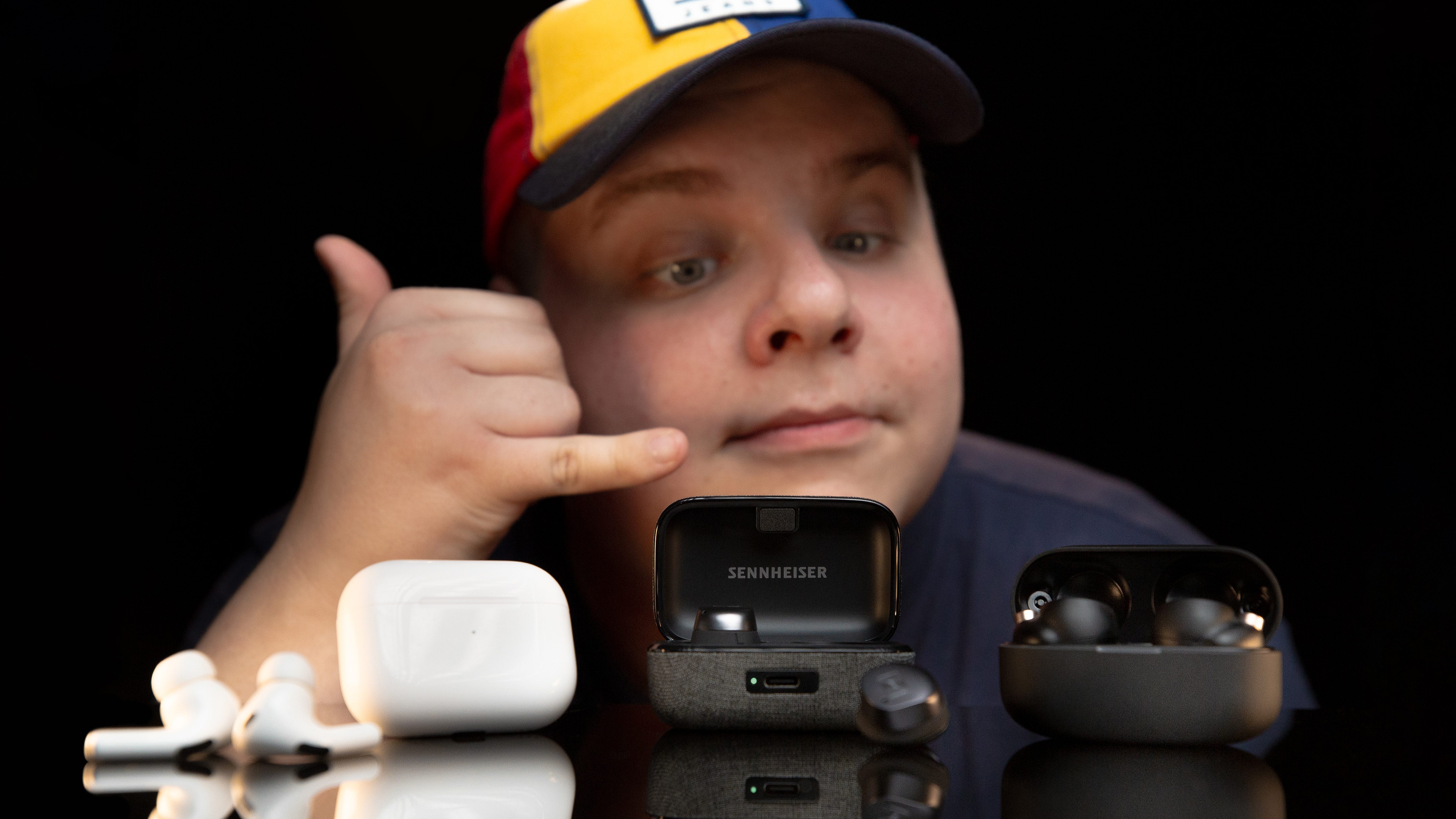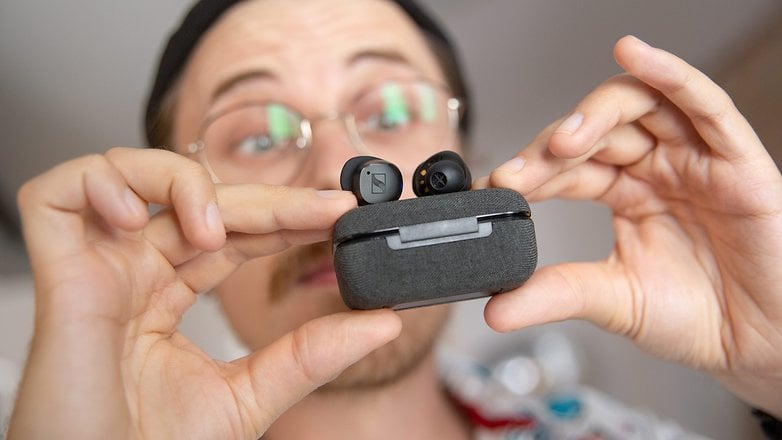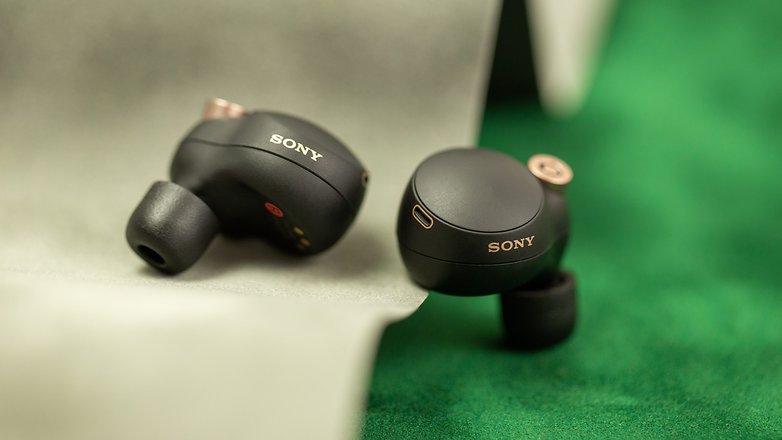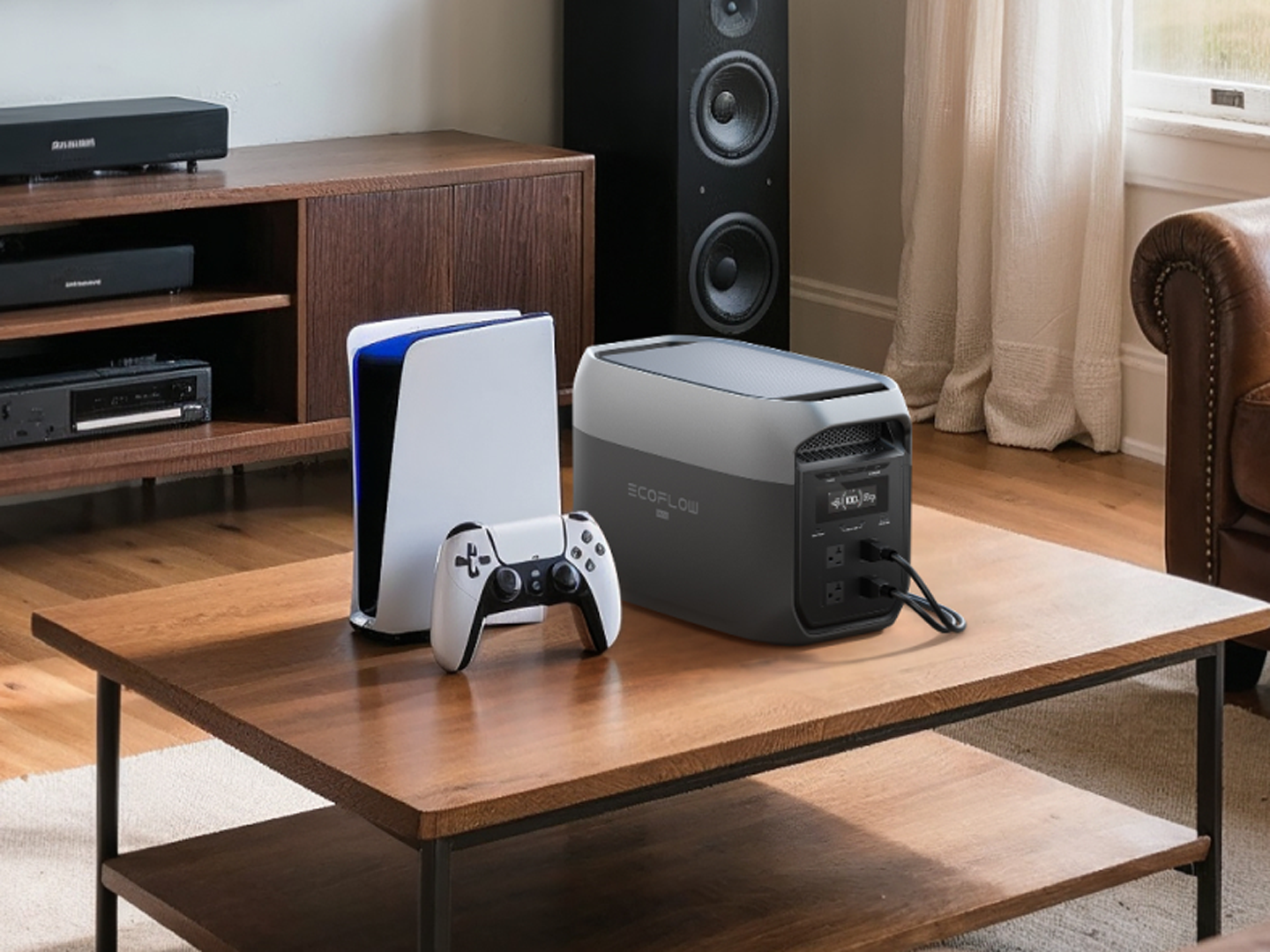
Audio quality is the main criterion to consider when buying a pair of wireless headphones. This makes perfect sense. However, we use headphones almost as much for listening to music and watching views as for calls. Whether it is voice or video calls, the quality of the microphone(s) is just as essential.
There are several reasons for this. The microphones are located quite far from your mouth. The Bluetooth connection is not always stable in certain environments, such as when you are on some form of public transport or out walking on the street. Finally, the headphones are quite small, which naturally limits the size of the microphones within them.
In any case, unless you’re planning to walk around with a headset straight out of a call center, you’ll have to make do. In this comparison, we’ve tested a trio of high-end models on the market: the Sony WF-1000XM4, the Sennheiser Momentum TW 3, and the Apple AirPods Pro 2.
If you’re interested in this article, we’ll gradually update it with other models and price ranges.

Table of Contents:
What are the criteria for good microphone quality in wireless headphones?
Microphone quality for calls with wireless headphones depends on both hardware and software. Wireless headphones are, by definition and design, ill-suited to provide decent microphone quality.
Headphone design
Just to reiterate, all models begin with a serious disadvantage: the microphones are located far from your mouth. Manufacturers have to “compensate” for this distance not only to pick up your voice properly, but also to filter out ambient noise that could interfere with your calls.
This is particularly true for earbuds or circular earphones. Models with a hair-dryer design and a stem will physically bring the microphone closer to your mouth.

The number of microphones
The easiest way to find out whether your earphones can provide good call quality is to consult the technical specifications and check the number of microphones available in each earphone.
Most top-of-the-range models incorporate at least two microphones in each earpiece. One is used for transmitting your voice, while the other will analyze ambient noise to better attenuate it.

Voice isolation
More and more headphones offer noise reduction features, not only for audio, but also for microphones. The most commonly used technology is known as cVc (clear voice capture).
Algorithms built into the software can use the microphones to isolate your voice from ambient noise, but this also enables the earphones to pick up your voice better, and enhance it if it’s too faint.
In general, the best solution is to equip the earphones with a dedicated noise-reduction chip. Sony and Apple’s offerings come equipped with them.

Bluetooth connection types
A stable Bluetooth connection is obviously essential for making calls. The more recent models support the Bluetooth 5.3 standard.
In addition to microphone quality, having a Bluetooth 5.3 connection with multipoint capability makes it easier for you to take or make calls from multiple devices without having to disconnect/unpair it.
It also gives you a better experience as a listener, by making your listener’s voice as clear as possible, too. The audio codec is also another important element to consider. It’s not often explained in reviews, but the codec does affect microphone quality. The default SBC codec provides only the bare minimum call quality.
More HD codecs such as aptX, LDAC, or LHDC offer better quality, provided you have a compatible smartphone and a stable connection.
nextpit’s comparison of wireless headphone microphone quality
For this test, we used different audio scenarios to see how each model performed. We began with a generic indoor/outdoor test, but we also included more specific test scenarios.
You can listen to the audio clips of each model in this comparison. For each scenario, we recorded each model one after the other during the same session, on the same smartphone, and using the same recording application. I also recorded each scenario using my smartphone’s microphone, to show you the difference in quality compared with headphone microphones.
If you’d like to find out more, check out the reviews for each model used in this comparison:
Microphone quality of wireless headphones indoors
In this scenario, I was simply sitting in a quiet, enclosed room, all alone in our office. There was no background noise or wind to worry about.
This is the best possible scenario and serves as a benchmark for assessing how clearly the earphones can reproduce and transmit your voice without any interference.
|
Apple AirPods Pro 2 |
Sennheiser Momentum True Wireless 3 |
|
Sony WF-1000XM4 |
Smartphone: Xiaomi 13 Pro |
I found that Apple’s AirPods Pro 2 emerged as the winner here. My voice was the clearest and most intelligible among the rest. The Sennheiser Momentum TW 3 is a little bit inferior, but I was especially surprised by the catastrophic quality of the Sony WF-1000XM4.
I’ve updated the firmware of each model in this comparison. However, I have the impression that in every scenario, Sony’s offering abruptly tried to attenuate my voice, as if identifying it as a parasitic buzz. It’s really strange, and I’m going to check for myself whether this mediocre result is due to an error on my part.
In any case, no headset can match the sound of my smartphone’s microphone.
Headphone microphone quality outdoors
This time, I recorded myself outdoors, walking down the street at random. There were cars passing by, an occasional gust of wind, and people walking and talking around me.
This is the most common scenario in which the quality of the microphone in your headphones will be put to the test. And that’s when you need decent quality, because interference is usually unavoidable.
|
Apple AirPods Pro 2 |
Sennheiser Momentum True Wireless 3 |
|
Sony WF-1000XM4 |
Smartphone: Xiaomi 13 Pro |
Outdoors, the AirPods Pro 2 were not as effective as in the previous scenario. They barely attenuated ambient noise, and my voice was totally drowned out by everything else going on around me.
The Sennheiser Momentum TW 3 was much more effective, my voice was well isolated from the rest and my words were intelligible. The Sony WF-1000XM4 did a good job of attenuating ambient noise, but it also attenuated my voice, which was not optimal.
Headphone microphone quality with ambient noise
This scenario is quite similar to the previous one. The only difference? Ambient noise was generated “artificially”. I played a recording of office noise on my PC next to me with the volume at maximum.
The idea was to reproduce the same conditions for each earpiece, and have a less random experience than you’d get just by going outside.
The difficulty is that most frequencies here are highly volatile. Human voices and sharp sounds are particularly difficult to attenuate because they fluctuate. This is much more complicated to identify and analyze in real-time than constant noises like a car engine, for example.
|
Apple AirPods Pro 2 |
Sennheiser Momentum True Wireless 3 |
|
Sony WF-1000XM4 |
Smartphone: Xiaomi 13 Pro |
The results were the same as in the previous scenario. The AirPods Pro 2 let too much noise through, while the Sennheiser Momentum TW 3 fared best. The Sony WF-1000XM4 is a mess, confusing my voice with ambient noise and making me far too inaudible.
I can’t figure out which is which, but I kept thinking that I made a wrong setting with the Sony. I find it hard to believe that the quality of the microphones is so bad with this pair of headphones that proved to be excellent in every other department.
Headphone microphone quality with wind noise
Similar to the previous scenario. I am still indoors, but this time, I used a fan with maximum power to blow air right next to me.
The idea is to simulate wind noise in a more or less controlled environment. Some headphones offer modes that have been specially designed to attenuate wind noise. This is the case with the Sennheiser Momentum TW 3.
The difficulty is that, apart from the algorithm that is supposed to “cancel” frequencies, the headphones also need to be designed to withstand gusts of wind, by protecting the microphones with mesh filters.
|
Apple AirPods Pro 2 |
Sennheiser Momentum True Wireless 3 |
|
Sony WF-1000XM4 |
Smartphone: Xiaomi 13 Pro |
In this scenario, I found the Apple and Sennheiser to be neck and neck in front. Both more or less managed to mask the wind noise generated by the fan. However, I found my voice to be slightly clearer with the Sennheisers. On the other hand, I found myself more audible, in terms of pure volume, with the AirPods Pro 2.
Microphone quality of headphones with “P” plosives
Here, we focus solely on “P” sounds. We’re talking about occlusive consonants or plosives. In short, sounds whose pronunciation begins by pursing the mouth followed by a sudden release. Ideally, the microphones in your headphones should be able to limit the “pop” when you speak.
|
Apple AirPods Pro 2 |
Sennheiser Momentum True Wireless 3 |
|
Sony WF-1000XM4 |
Smartphone: Xiaomi 13 Pro |
The Sennheiser Momentum TW 3 is the clear winner here. There was not a single pop in the recording.
Headphone mic quality with “S” whistles
S” or whistling sounds tend to reside at the high end of the frequency range. S” or “F” words can create sounds with sibilance, which can be unpleasant and tiring on the ear.
A good pair of headphones should be able to limit this effect, so as not to give your listener the impression that you’re speaking Parseltongue.
|
Apple AirPods Pro 2 |
Sennheiser Momentum True Wireless 3 |
|
Sony WF-1000XM4 |
Smartphone: Xiaomi 13 Pro |
In this final scenario, I found that none of the three models managed to stand out. Sennheiser’s whistling is really shrill, and it stung my ears. With the AirPods Pro 2, sibilance is a little more subdued, but you can still hear it quite clearly. It’s hard to say anything about the Sony, as my voice was totally muffled.
So much for this non-exhaustive and still experimental comparison of microphone quality of wireless headphones. Don’t hesitate to suggest which models you’d like to see in future updates of this article. If you have any ideas for new test scenarios to add to my protocol, I’d love to hear them too.
Sony fanboys and fangirls, please calm down. If it turns out that the mediocre quality of the Sony WF-1000XM4 microphones was partly or totally due to an error on my part, I’ll publicly apologize and I’ll update this article as soon as possible with new recordings.
To find out more, take a look at our selection of the best wireless headphones with active noise cancellation and our comparison of the best Bluetooth headphones with ANC in 2023.





